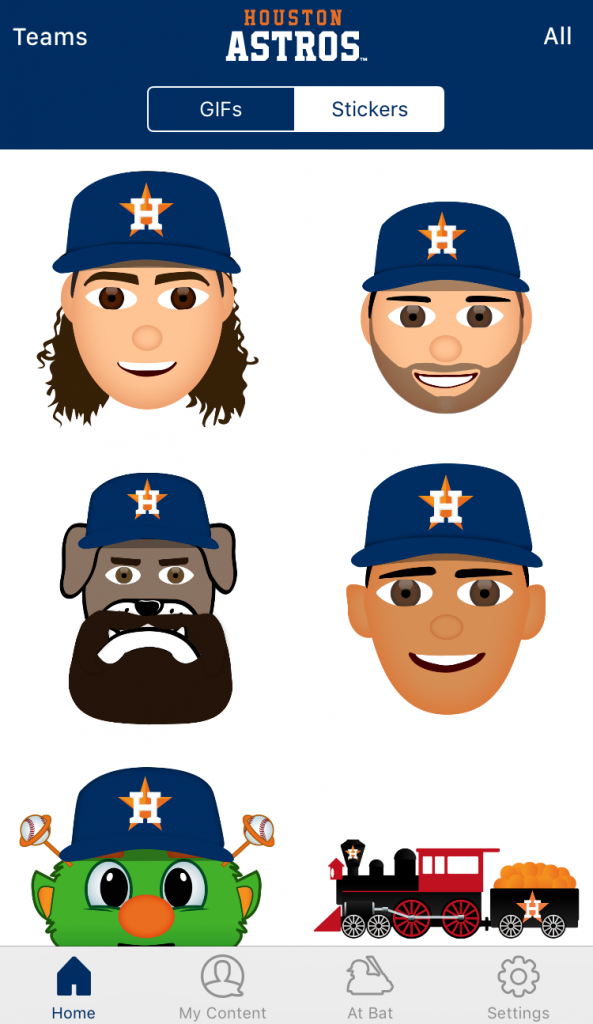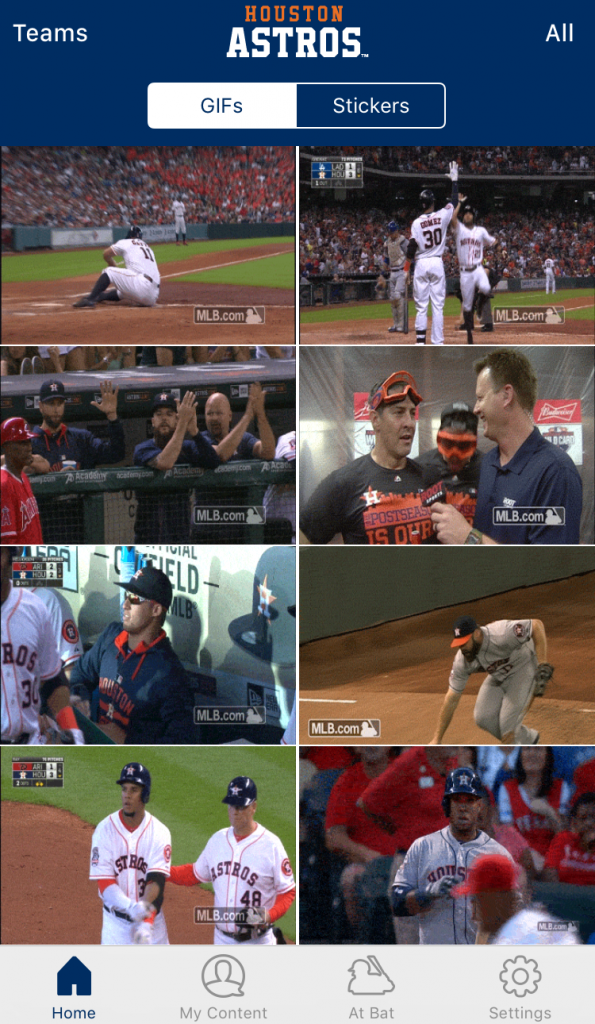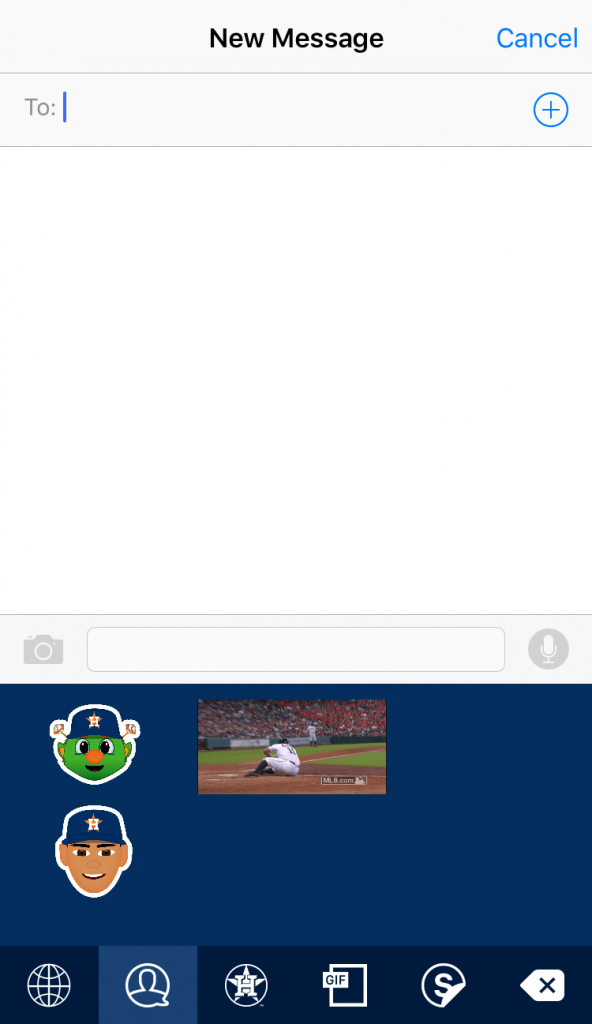MLB Lawyers Ignore, Commissioner Hints at Technological Solution for Fan Safety
About two weeks before the trade deadline, Oakland A’s fan Gail Payne filed a class-action lawsuit against Major League Baseball in which she asked the league to install more protective netting to shield fans from foul balls and bats. This month, MLB responded to Payne’s complaint by moving to dismiss the case in its entirety. (The motion is available here.)
When Payne filed suit, Nathaniel Grow, writing for FanGraphs, estimated that the case had little chance of success, for reasons including the possible applicability of “the so-called ‘Baseball Rule,’ a doctrine historically shielding MLB teams from legal liability for injuries incurred by fans from foul balls or broken bats.”
While I had little reason to be more optimistic than Grow about the lawsuit’s prospects, I wrote here at TechGraphs that, if the case did go forward as a class action, it could present a number of interesting legal and practical questions, such as whether the U.S. District Court for the Northern District of California, where the case is pending, will apply the Baseball Rule; whether and how the likely large number of dissenting class members might seek to influence the litigation; and, within our subject-matter jurisdiction here at TechGraphs, whether this lawsuit might serve as a catalyst for the development of a technological solution for the the problem posed by the competing interests of fan safety and fan enjoyment at baseball games.
To varying degrees, MLB’s motion to dismiss addressed all of these issues, among others, seeking to poke as many holes as possible in Payne’s complaint. As expected, the league strongly argued for the application of the Baseball Rule in this case, telling the court that, pursuant to a legal doctrine requiring federal courts to apply the law of the state in which they are located in certain circumstances, it “must” follow that rule because California courts already had adopted it. The motion also included an apparent nod to those baseball fans who don’t share Payne’s desire for expanded protective netting:
Ultimately, Plaintiff’s action for injunctive relief is an overreaching attempt to impose unnecessary and unwanted regulation. Plaintiff’s choice to sit in an unscreened upper-deck section of the Oakland Coliseum, and her alleged fear resulting from that choice, do not justify forcing the majority of baseball fans in all Major and Minor League parks to sit behind netting.
By their nature, motions to dismiss do not come draped in the vestiges of compromise, so it is little surprise that MLB’s first substantive response to Payne’s complaint did not include a proposal for a technological solution to the underlying problem of safety and spectating this suit, however inartfully, attempts to address. The motion does make passing mention of some of the practical difficulties with the scope of the netting extension Payne requested, though, observing in a footnote that extending netting down the foul lines still would leave Payne, whose seat is in the upper deck, susceptible to the sorts of fly balls that might enter her seating area.
MLB’s lawyers may not have engaged in a discussion about actual steps for improving baseball fan safety, but that doesn’t mean the subject isn’t on MLB Commissioner Rob Manfred’s mind. Eric Fisher, who covers baseball and technology for SportsBusiness Journal, reported this week on the Commissioner’s comments that changes to protective netting at ballparks will be the subject of “a big presentation” to the teams early in the offseason:
Manfred: there will be a big presentation to clubs at Nov owners meetings about proposed changes to ballpark safety netting
— Eric Fisher (@EricFisherSBJ) October 26, 2015
Manfred did not signal where the netting discussion will end up, but some changes likely coming
— Eric Fisher (@EricFisherSBJ) October 26, 2015
Even if Payne’s lawsuit is too flawed to deliver reform in the judicial arena, Manfred’s recent remarks suggest she nevertheless may succeed. Whatever happens, this moment remains one of great opportunity for technological innovators to develop a means for delivering greater degree of baseball fan safety while minimizing visual obstruction.



